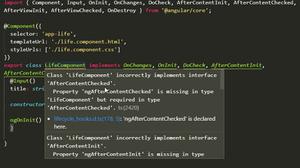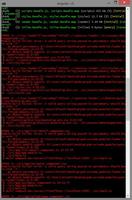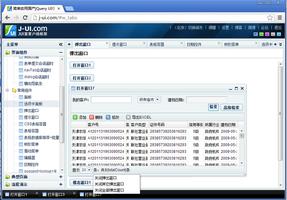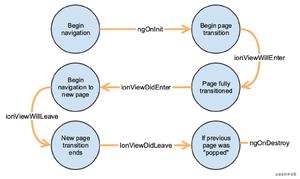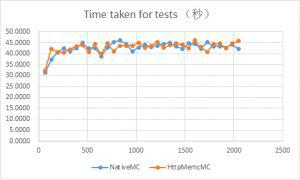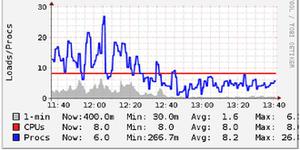深入理解AngularJS中的ng-bind-html指令和$sce服务
前言
Angularjs的强大之处之一就是他的数据双向绑定这一牛B功能,我们会常常用到的两个东西就是ng-bind和针对form的ng-model。
但在我们的项目当中会遇到这样的情况,后台返回的数据中带有各种各样的html标签。
如:
$scope.currentWork.description = “hello,<br><b>今天我们去哪里?</b>”
我们用ng-bind-html这样的指令来绑定,结果却不是我们想要的。
是这样的
hello,
今天我们去哪里?
怎么办呢?
对于angular 1.2一下的版本我们必须要使用$sce这个服务来解决我们的问题。所谓sce即“Strict Contextual Escaping”的缩写。翻译成中文就是“严格的上下文模式”也可以理解为安全绑定吧。
来看看怎么用吧。
controller code:
$http.get('/api/work/get?workId=' + $routeParams.workId).success(function (work) {$scope.currentWork = work;});
HTML code:
<p> {{currentWork.description}}</p>
我们返回的内容中包含一系列的html标记。表现出来的结果就如我们文章开头所说的那样。这时候我们必须告诉它安全绑定。它可以通过使用$ sce.trustAsHtml() 。该方法将值转换为特权所接受并能安全地使用“ng-bind-html”。所以,我们必须在我们的控制器中引入$sce服务
controller('transferWorkStep2', ['$scope','$http','$routeParams','$sce', function ($scope,$http, $routeParams, $sce) {
$http.get('/api/work/get?workId=' + $routeParams.workId)
.success(function (work) {
$scope.currentWork = work;
$scope.currentWork.description = $sce.trustAsHtml($rootScope.currentWork.description);
});
html code:
<p ng-bind-html="currentWork.description"></p>
这样结果就完美的呈现在页面上了:
hello
今天我们去哪里?
咱们还可以这样用,把它封装成一个过滤器就可以在模板上随时调用了
app.filter('to_trusted', ['$sce', function ($sce) {
return function (text) {
return $sce.trustAsHtml(text);
};
}]);
html code:
<p ng-bind-html="currentWork.description | to_trusted"></p>
总结
以上是 深入理解AngularJS中的ng-bind-html指令和$sce服务 的全部内容, 来源链接: utcz.com/z/320285.html

